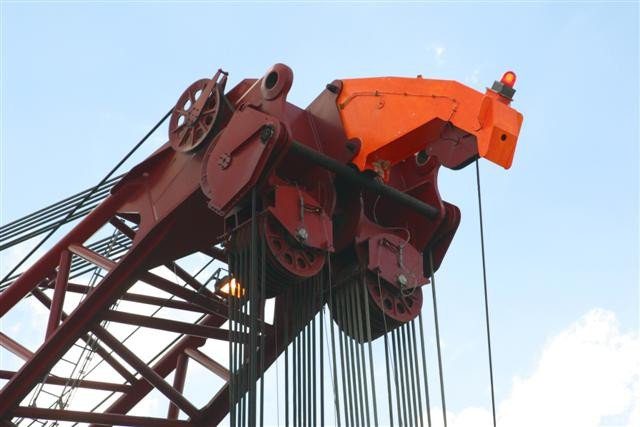
The world is experiencing unprecedented economic growth as we move through the 21st century. There are cities where there once were just towns – consider the case of Dubai: a sleepy fishing town turned multi-billion dollar desert oasis – and the world shows no signs of slowing down. A growing population means that there will be higher density living in the major cities, and this means that there will be more skyscrapers and towering apartment blocks dotting the skylines.
So how do you actually tell a booming city, and how do you know which cities are experiencing good economic growth? A great initial indicator of a growing town is the number of new buildings that are being put up in the city. This is because as the population grows, there is a need for new buildings to house all the new people that will be moving to or being born in the city.
A growing city also needs more space to house the industries and businesses that are being started or developing there, and so there will be building an expansion there too. I remember someone saying to me, many years ago as we drove over a hill and down into Melbourne, that because there were a lot of cranes in Melbourne, it was an indicator of how prosperous they were as a city. I wanted to take a look at the truth behind this statement in this short piece, and to look at other signals of economic growth.
Cranes as an indicator of economic growth
When you look at a city and see a lot of building and development, your first thought might be – wow, it’s a very busy and frantic city. Construction usually equals noise and some unsightly structures as the building is created – even though we know that the skyscraper will emerge, phoenix-like after the build is done – but there’s no denying that creating buildings requires a lot of infrastructure. Part of this infrastructure is the mighty crane. It will be one of the hardest working components of the building site as it ferries materials, components and pieces of the building puzzle to the lofty heights required to construct the tower. When a city has a lot of cranes, it is a very good sign that that city is putting up a lot of structures at once, and that there is sufficient money, resources and jobs that are available to make this happen. Another thing that you might not think of immediately is the fact that a growing city has a huge number of employment opportunities available for people, because it takes a vast population to construct the buildings and to drive the cranes!
So are there any other key indicators of strong economic growth in cities?
Certainly a good employment rate, a low vacancy rate for rental homes and strong property sales are all good indicators of economic growth, but there are few indicators that are as immediately apparent when looking at a city’s skyline. I think it could safely be said that a large number of cranes on the horizon is a good indicator of economic growth, and it is definitely a key indicator of a strong city, because not only do the cranes mean that there are numerous new buildings being constructed, they also give way to the fact that there are huge numbers of new jobs being created, and this is always a sign of a strong economy. The next time you drive into a new city, why not take a look at the number of cranes that you can count on the horizon and see what kind of developments are being done in the city. It’ll be a fair indicator as to how strong that city is, for sure.

IntelligentHQ Your New Business Network.
IntelligentHQ is a Business network and an expert source for finance, capital markets and intelligence for thousands of global business professionals, startups, and companies.
We exist at the point of intersection between technology, social media, finance and innovation.
IntelligentHQ leverages innovation and scale of social digital technology, analytics, news and distribution to create an unparalleled, full digital medium and social business network spectrum.
IntelligentHQ is working hard, to become a trusted, and indispensable source of business news and analytics, within financial services and its associated supply chains and ecosystems.






























